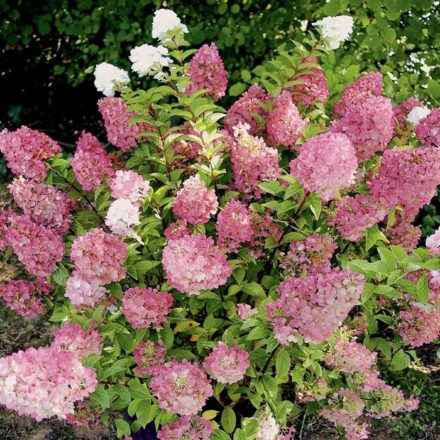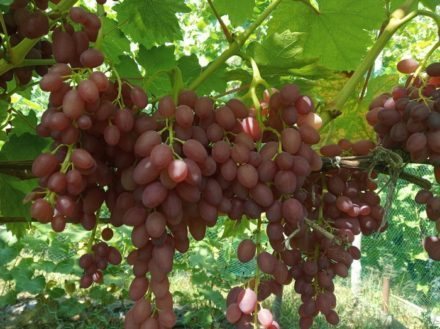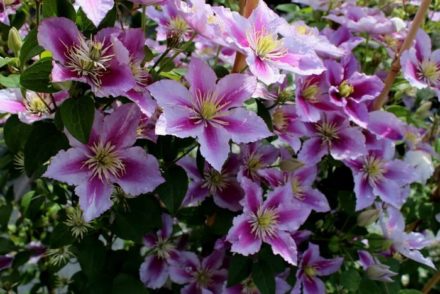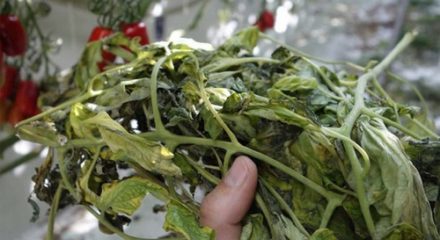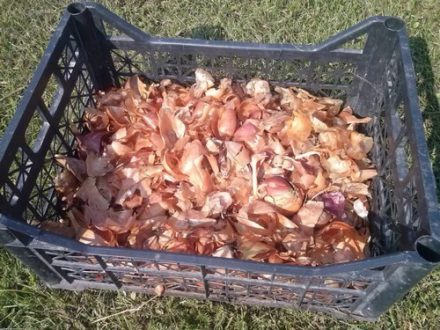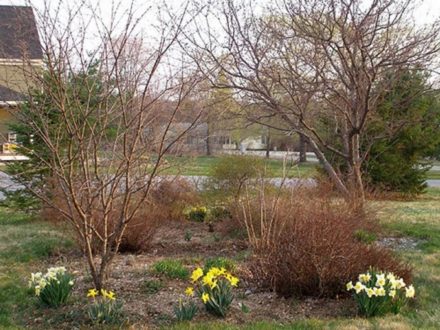Figs (fig trees) are tropical plants that grow in many warm countries. The tree can be found in Turkey, Italy, Greece, Portugal, Venezuela, and Asian countries. Russian summer residents have also learned to grow fig trees, even in regions with cold winters. In order for figs to grow and bear fruit in the conditions of the Moscow region, they require special planting and proper formation.
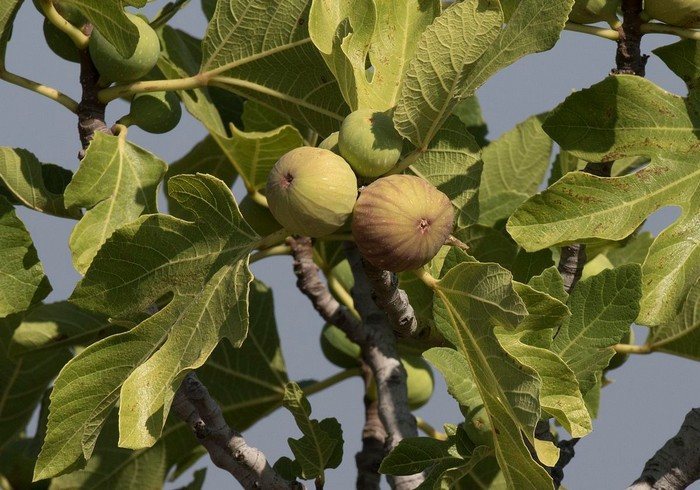
How to choose the right place for figs
Figs do not have any special requirements for soil; they can grow both in rocky soil and on sandy soil. Today, varieties with high frost resistance have appeared that can tolerate frost of 20 degrees. Among them:
- "Corderia";
- "Dalmatian";
- "Smirnensky";
- Brunswick;
- "Nikitsky";
- "Kadota."
However, it is better for summer residents in the middle zone to play it safe, because in this climate zone there are also colder winters. This is why figs require special planting. The space around the plant should be well lit by the sun and protected from cold winds. It is best to plant the crop near the southern wall of the house. The area should not be flooded when the snow melts. The optimal depth of groundwater is no closer than 2.5-3 m from the surface.

Features of planting, timing
In cold regions, figs are planted only in spring. They begin planting work at the end of March, when the ground thaws.When choosing seedlings, preference is given to two-year-old specimens with two lateral branches. Practice shows that such plants take root well and begin to bear fruit in a timely manner.
Since in cold climates it is recommended to grow figs as a shrub rather than a tree, it is better to organize a trench planting method for it. In this case, it will be easier to cover the fig tree for the winter. With this growing method, several seedlings are planted nearby.
To do this, dig a trench 30 cm deep and 60–70 cm wide. The seedlings should be located at a distance of about 2 m from each other. The top layer of fertile soil taken out of the trench is mixed with humus or compost, and sand is added if necessary. A support in the form of a garter pole is dug in next to each plant.
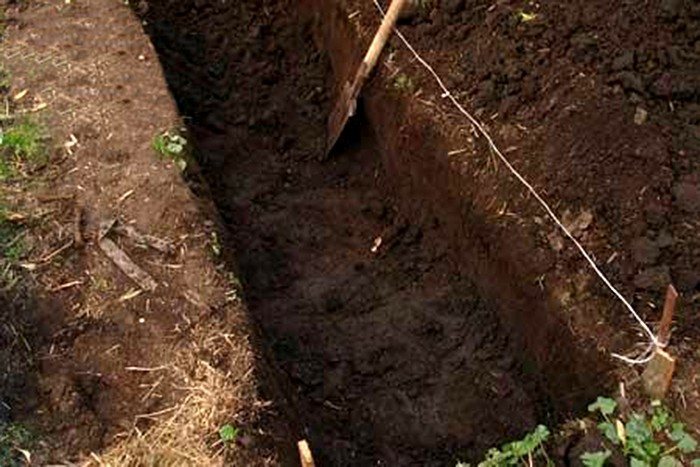
Formation of a fig tree in the form of a bush
Figs can grow as trees and shrubs. In the middle zone, growing a crop on a trunk is impractical. Once a large tree has grown, it will be impossible to cover it for the wintering period. That is why in cool regions the fig tree is formed as a bush. Its basis is made up of 4–5 branches. When a branch becomes too long, it is removed, and in return 2-3 shoots are left from the shoots.
In order for the fruits to ripen well, the bush must have 4–5 fruiting branches over 3 years old. At the same time, 3–4 young shoots are grown for replacement. Overgrown branches are cut down in the fall. In the spring, rotten, damaged branches are trimmed and excess growth is removed, preventing the bush from thickening. After pruning, the figs are tied to a support.
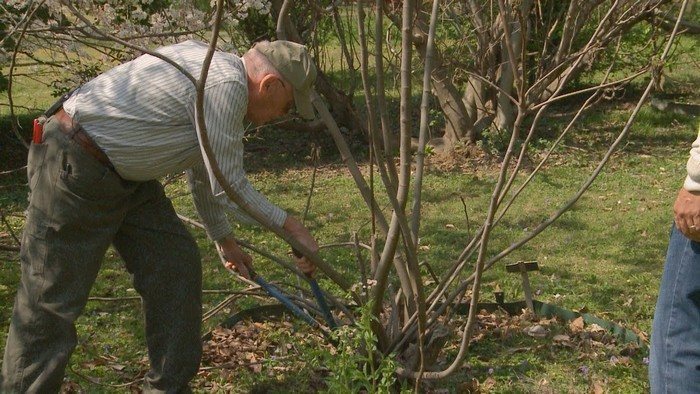
Organization of wintering
Only with properly organized wintering can figs survive in the conditions of central Russia. When planted in a trench, the bushes are in a depression; in this case, organizing wintering for them is quite simple. The branches are untied from the support and placed in a hole. After this, the trench is covered with earth on top. Soil is the most reliable insulation; it is guaranteed to protect the branches of the bush from freezing.
The thickness of the soil layer should be 10–15 cm. In regions where there are frequent thaws, excess moisture should not be allowed to get under the shelter. The problem is solved by laying slate or sheet iron on top of the bush and ground. Figs may bloom in the year of planting, but full-fledged fruits will form and ripen after a year.
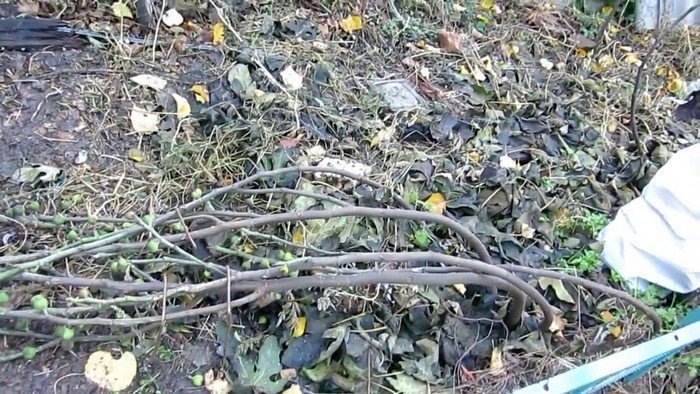
By selecting a zoned variety, forming a fig tree into a bush and organizing proper wintering for it, you can surprise your dacha neighbors with exotic fruits, which are still rare in mid-latitudes. Figs can also be grown as a tub plant, which will fit perfectly into the interior of a house or winter garden.



